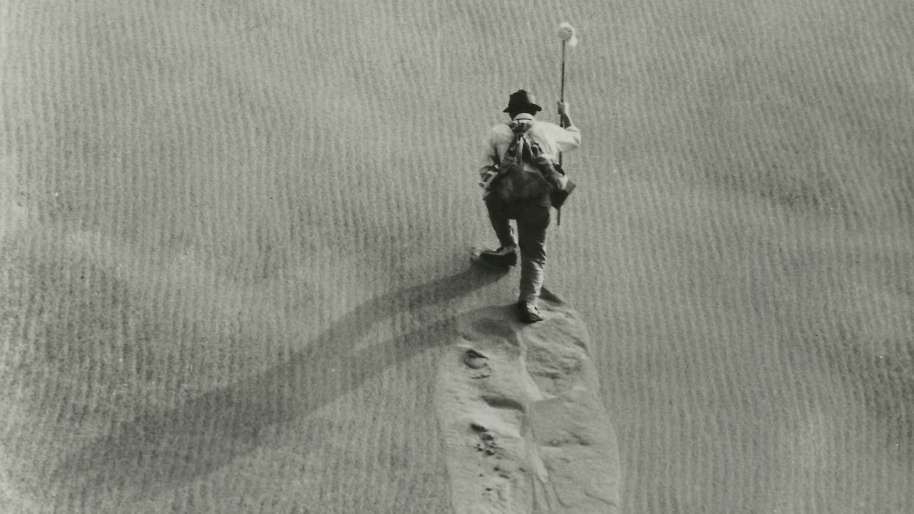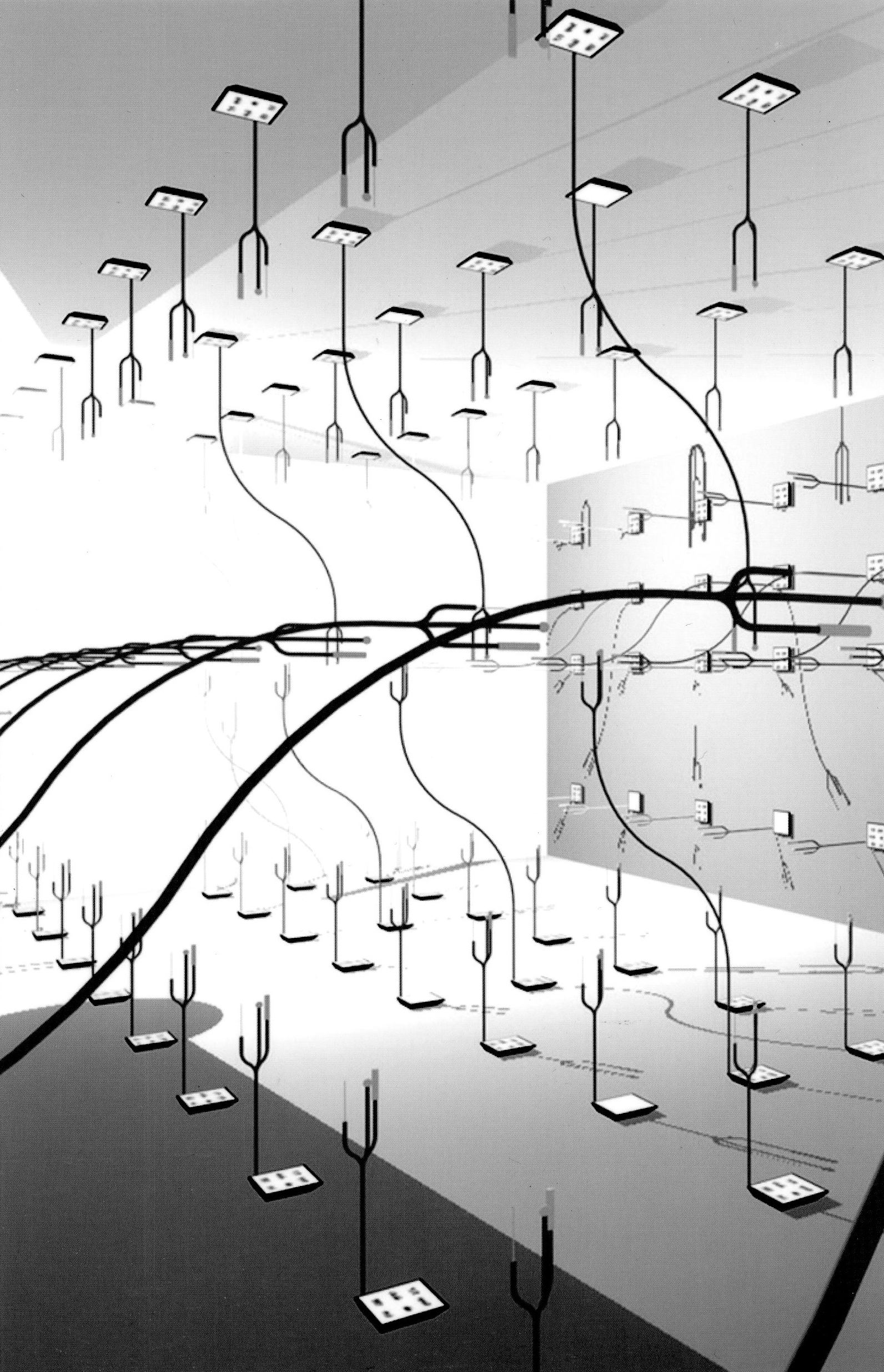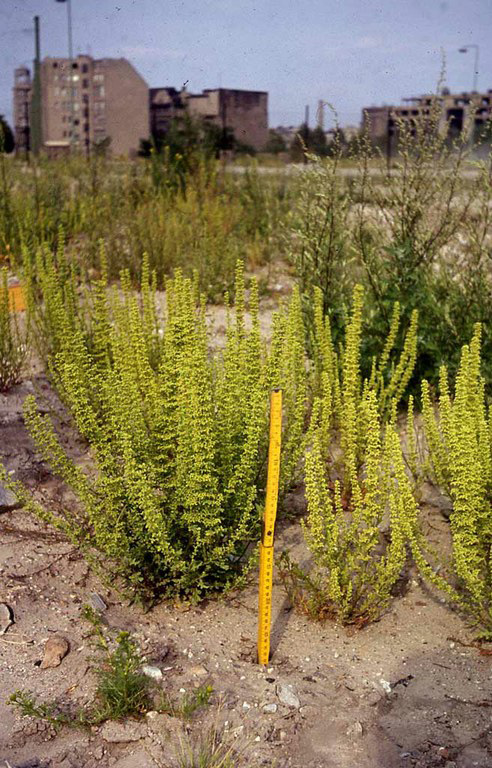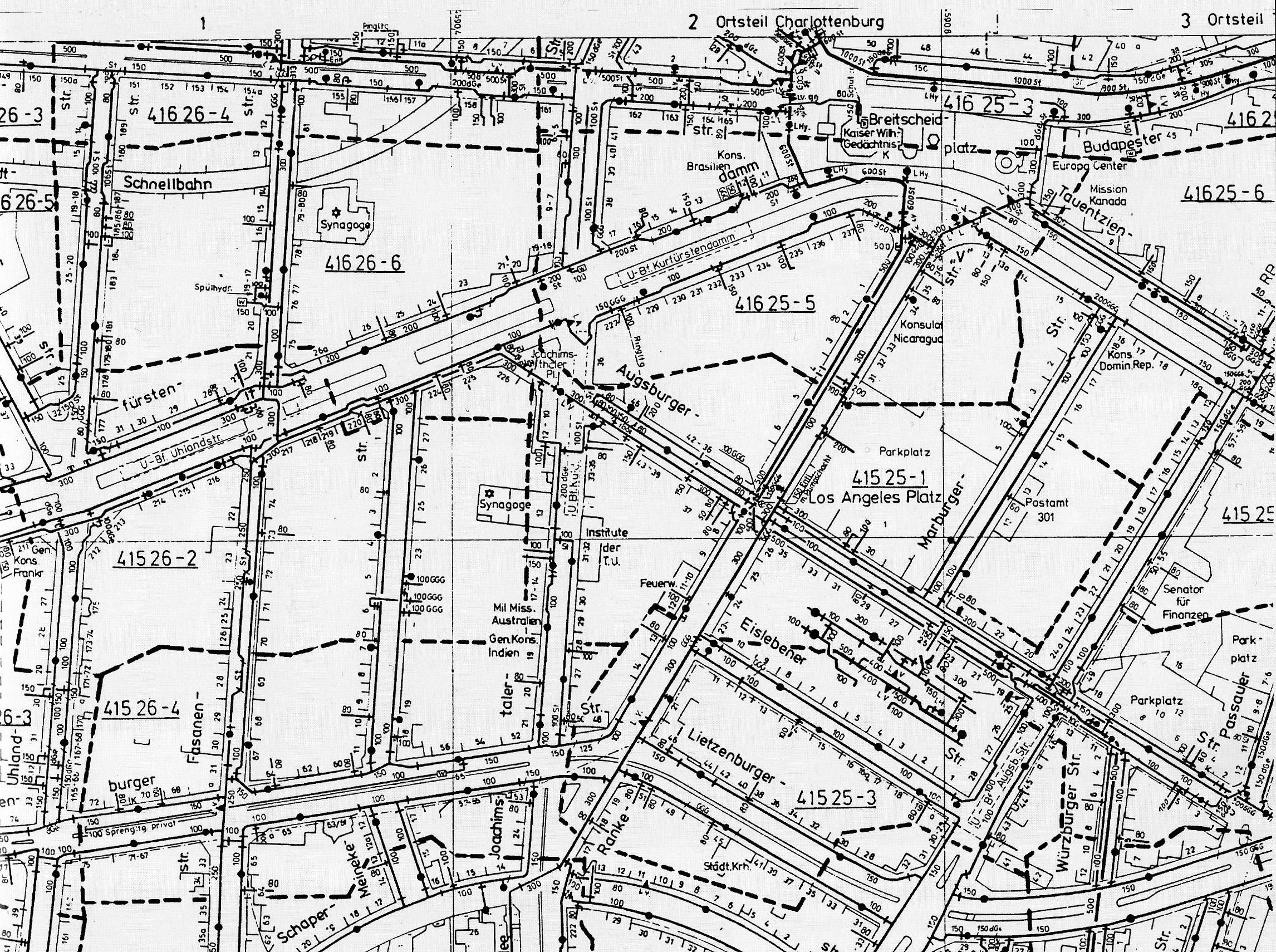This on-going strand of work has involved a close engagement with developments in film studies, art history, literary theory, and related disciplines. I have been exploring cinematic landscapes in films such as Michelangelo Antonioni’s Red Desert (1964), Todd Haynes’s Safe (1995), Werner Herzog’s Lessons in Darkness (1992), and Hiroshi Teshigehara’s Suna no Onna (1964). I have also been writing essays on artists who work with nature and landscape such as Joseph Beuys, Gerhard Richter, and Ulrike Mohr. I plan to write a book on Cinematic landscapes that links insights from art history and cultural geography to the study of film but which extends the European focus of some of this earlier work to cinematic developments in east Asia, Africa, and elsewhere.
Category: themes
Cyborg urbanization
My work on cyborg urbanization has been both an exploration of the material experience of urban space – our reliance on complex technological networks for survival – but also an engagement with metaphors in urban discourse. I think our choice of words is important: too many contemporary urban metaphors are either warmed-over nineteenth-century concepts or a pot-pourri of the latest scientific ideas used for rhetorical effect. I want to use the cyborg concept as a way of exploring not only the vulnerability of the human body but also ways of re-thinking what is meant by the public realm as a shared set of interests. I have recently extended my work on corporeal themes to light, sound, and the affective atmospheres of late modernity.
Urban wastelands
I have long been fascinated by “wastelands” since my early forays into London’s so-called “bomb sites”. A focus on spontaneous forms of urban nature transcends the merely speculative or utilitarian potentialities of ostensibly empty spaces. Within urban ecology significant attention has been devoted to wastelands as “ecological refugia” or islands of bio-diversity. These spontaneous ecologies can serve as “accidental laboratories” for cultural and scientific curiosity.
Urban metabolism
This area of work has involved research into the development of sanitation, urban water supply and urban environmental politics in Britain, France, Germany, Nigeria, India, and the United States. Key outcomes from this work are the books Concrete and clay: reworking nature in New York City (The MIT Press, 2002) and The fabric of space: water, modernity, and the urban imagination (The MIT Press, 2014). Concrete and clay examines five interrelated aspects to New York’s urban environment: the building of a modern water supply system; the creation and meaning of public space; the construction of landscaped roads; the grassroots environmental politics of the ghetto; and the contemporary politics of pollution. With my book The fabric of space I turn to cultural and historical dimensions to water and human society through a series of developments in Paris, Berlin, Lagos, Mumbai, Los Angeles, and London.



